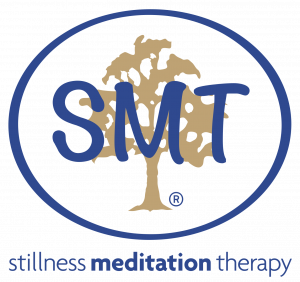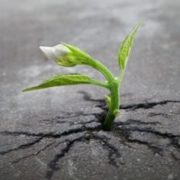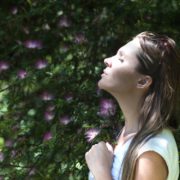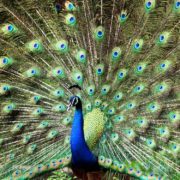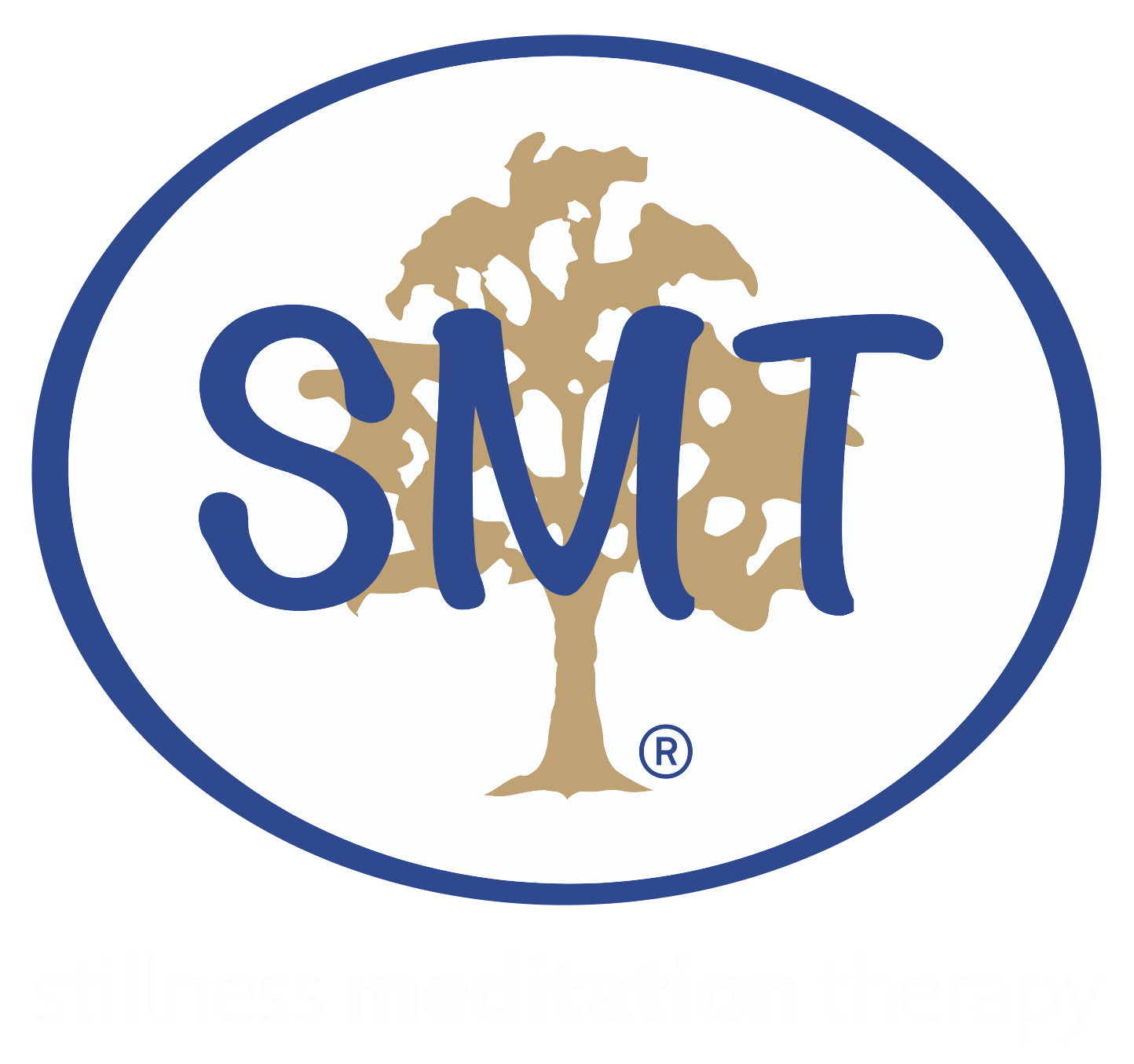Breaking through the COVID Challenge!
And so now we’ve all, somewhat suddenly been catapulted into a range of strange experiences, a new way of life – and perhaps some very strange feelings.
In a bid to contain the COVID-19 pandemic we are surely all complying with government recommendations – the most important of these: stay at home.
We’ve been so used to freedom! We’ve been so used to fulfilling most needs, wants or desires in a heartbeat, that personal containment may well feel like some level of incarceration.
We hear of those who feel lost, lonely, alone, confused, anxious. With compassion, I deeply honour those feelings. The very reason I’m involved in the healing work that I do, is really because of my 8 years of ‘incarceration’ due to extremely high anxiety some 4 decades ago. Anxiety at that level means lost, lonely, alone, confused. I deeply understand anyone feeling such very negative emotions.
Those who have read my book (In Stillness Conquer Fear) and from it, learned to change their reactivity, have identified and benefited from my story. They too, will certainly identify with people currently feeling all that confusion surrounding the restriction placed on our lives.
It’s important to understand that current restrictions for many, cause a shock to the self. This sudden change coming from beyond our self represents loss of control. When we experience a sense of lost control, yes, we experience a loss of self. And so of course we will feel lost, lonely and confused.
Routine has vanished; everyone or no-one is home all day and the elements within our life that we have taken for granted are no longer available. Symbolically, we become rather like a fragile piece of porcelain, balancing on a shaky pedestal. As such, we need to steady that pedestal – and then begin to treat the fragile ornament with some new respect.
While we’re also obligated to care for our personal health as much as possible, here are some practical tips to help others strengthen, grow and gain some sense of control through this experience.
- Steady the pedestal by releasing tension (that means learning to release the tightness within your body and let go within your racing mind)
- Plan the day (without a plan, the loss of personal control will intensify)
- Make communication part of the plan (use devices, but go beyond technology to make personal calls to your family, friends and neighbours)
- Humour and fun are essentials whether you’re alone or within the family unit
- Ensure daily fresh air and exercise – simply walking is the best all round physical activity
- Seek new things to ‘do’ – this could be the very time to commence new interests or long-term unfulfilled dreams
- Take a short time each day to review the day, to ponder your reactions, to notice your potential for adaptation – and maybe even start to keep a journal – something to look back on as a period of change and all it represents for you, now and into the future
Finally, it goes without saying that I more than advocate the practice of meditation. This strongly relates to the very first item in my list above. Meditation, if learned and practised effectively, empowers you to relax your body, mind and spirit and therefore gain calm control, profound serenity and natural ease of being. In a nutshell, I quote my esteemed mentor, Ainslie Meares MD:
Ease is that incredible quality
That enables us to deal equally
With disaster and successAinslie Meares M.D. – Let’s Be At Ease (1987)
I would truly welcome your comments and would very much like to assist as set out in this month’s Newsletter.
© Pauline McKinnon, April 2020
